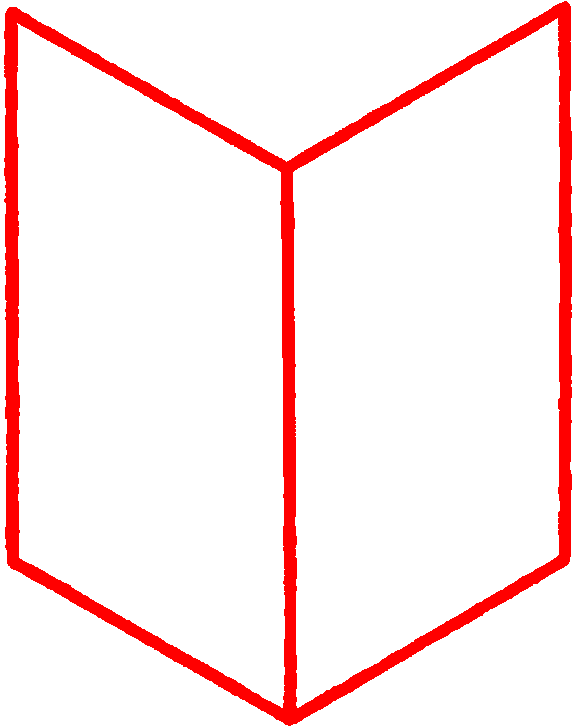Sketch for the London Underground map
Harry Beck, c.1930, (photographic print, 2004), 35 x 46.5 cm

Harry Beck’s London Underground diagram has been the subject of books, television programs, artworks and tourist souvenirs. But none of these confirmed the map’s status as an icon of graphic modernism more convincingly than when a famous early sketch for the design was shown upside down at London’s Victoria & Albert Museum. Here, the error suggested, was a British abstraction to rival that of Mondrian or Malevich for incomprehensible beauty, and still get you home in time for tea.
It was this combination of the functional and the abstract that prompted historian Eric Hobsbawm to refer to Beck’s map as “the most original work of avant-garde art in Britain between the wars.” And here in Britain we do like things to serve a purpose. Especially when what we see doesn’t make complete sense. Even a deteriorating London Underground seems acceptable, more authentic in its fulfilment of a Victorian work ethic.
Showing the diagram upside down doesn’t necessarily align it with Mondrian. A mistake is a mistake, and an upside down map also conjures an image of technical staff fumbling with the instruction manual, unable to work out which piece goes where. [...]
As it happens, the V&A may have been following a convention accidentally set by Ken Garland, author of the first substantial writing on Beck’s work. Alongside his essay, published in 1969, the sketch was inserted, by a genuine production error, upside down. Looking at it now though, with both shock and aftershock or British modernism cooled, the implications of an upside down version have also changed: the diagram turned London inside out, suburbanized its centers and threatens to leave future inhabitants stranded, without music, without geography. Why not show it the wrong way round?
–“City Turned Upside Down,” Paul Elliman, Dot Dot Dot #8, 2004
Go back
